Big companies sometimes make huge mistakes when creating new foods and drinks. Even famous brands with lots of money and smart teams can launch products that nobody wants to buy. These failures teach us that just because something sounds good on paper doesn’t mean people will actually like it in real life.
1. Crystal Pepsi – The Clear Cola That Confused Everyone
Back in 1992, Pepsi thought they had a brilliant idea: make cola completely clear like water. They spent millions of dollars advertising this see-through soda, claiming it tasted just like regular Pepsi but looked totally different.
People got really confused because their brains expected lemon-lime flavor when they saw clear liquid. Instead, they got cola taste, which felt completely wrong. The weird disconnect between what people saw and what they tasted made drinking it feel unnatural.
Crystal Pepsi disappeared from stores within a year because sales were terrible. Sometimes being different just for the sake of being different doesn’t work.
2. New Coke – When Coca-Cola Changed Its Famous Recipe
Coca-Cola made one of the biggest mistakes in food history when they decided to change their secret recipe in 1985. They were losing market share to Pepsi and thought a sweeter taste would help them compete better.
Customers absolutely hated the new formula and got really angry. People started hoarding old Coke bottles and protesting outside company offices. Some folks even compared losing original Coke to losing an old friend.
The company had to bring back the original recipe just 79 days later, calling it “Coca-Cola Classic.” This failure taught everyone that some things are too important to customers to mess with.
3. Colgate Kitchen Entrees – When Toothpaste Makers Tried Frozen Dinners
Colgate, the toothpaste company, once tried selling frozen dinners in the 1980s. They thought their brand name was so trusted that people would buy any product with their logo on it, even food.
The idea backfired spectacularly because nobody wanted to eat dinner from a company famous for cleaning teeth. Every time people saw the Colgate name, they thought about brushing their teeth, not eating a delicious meal.
The frozen dinners tasted okay, but the mental connection to toothpaste made them impossible to sell. Colgate quickly pulled the products from stores and learned that brand names can’t stretch into just any category without seeming weird.
4. Heinz EZ Squirt Colored Ketchup – Rainbow Condiments Gone Wrong
Heinz decided to make ketchup more fun for kids by creating bottles that squeezed out green, purple, and blue ketchup. They thought children would love putting colorful sauce on their hamburgers and hot dogs.
While kids initially thought the bright colors were cool, parents felt disgusted by the unnatural-looking condiments. Green ketchup on french fries looked moldy, and purple ketchup made food appear spoiled or rotten.
The novelty wore off quickly when families realized that weird-colored food just didn’t taste as good, even though the flavor was identical. Heinz stopped making colored ketchup after a few years because sales dropped dramatically once the initial excitement faded.
5. Frito-Lay WOW! Chips – The Snack That Caused Stomach Problems
Frito-Lay created potato chips using a fake fat called Olestra that had zero calories. They marketed WOW! chips as a guilt-free snack that tasted just like regular chips but wouldn’t make you gain weight.
Unfortunately, Olestra caused serious digestive problems for many people who ate the chips. The fake fat couldn’t be absorbed by the body, leading to stomach cramps and embarrassing bathroom emergencies.
The FDA required warning labels on every bag explaining the possible side effects. Most customers decided that regular chips were worth the extra calories if it meant avoiding uncomfortable stomach issues. The product quietly disappeared from most stores.
6. McDonald’s Arch Deluxe – The Grown-Up Burger That Wasn’t
McDonald’s spent over $100 million trying to create a sophisticated burger for adults called the Arch Deluxe. They used fancy ingredients like peppered bacon and special sauce to make it seem more upscale than their regular menu.
The problem was that people who wanted fancy burgers usually didn’t go to McDonald’s in the first place. Regular McDonald’s customers preferred simpler, cheaper options like Big Macs and Quarter Pounders.
The advertising campaign showed kids making disgusted faces at the “adult” burger, which just reminded everyone that McDonald’s was really a place for families and kids. The Arch Deluxe disappeared after just a few years of poor sales.
7. Gerber Singles – Baby Food for Adults
Gerber, famous for making baby food, decided to create single-serving meals for college students and young adults. They thought their expertise in making small, convenient portions would work perfectly for busy people living alone.
The meals were actually nutritious and reasonably priced, but nobody wanted to buy food from a baby food company. Adults felt embarrassed purchasing products from Gerber, even though the food was designed specifically for them.
The packaging looked too similar to regular baby food, making customers feel childish for eating it. Gerber learned that their brand was so strongly connected to babies that adults couldn’t take their products seriously, no matter how good they tasted.
8. Pepsi AM – Morning Cola That Nobody Wanted
Pepsi created a special cola designed for breakfast time, thinking people might want soda instead of coffee or juice in the morning. They added extra caffeine to make it seem more appropriate for starting the day.
Most people found the idea of drinking dark, sweet cola first thing in the morning completely disgusting. Cola felt like an afternoon or evening drink, not something to have with breakfast cereal or toast.
The marketing campaign couldn’t convince customers to change their morning habits. People preferred traditional breakfast drinks like coffee, tea, or orange juice. Pepsi AM lasted only about a year before the company gave up on the concept entirely.
9. Orbitz Drink – The Floating Ball Beverage
Orbitz was a clear drink filled with small, colorful gelatin balls that floated around inside the bottle. The company thought the unusual texture and appearance would make it popular with teenagers and young adults.
While the drink looked cool and futuristic, most people found the floating balls gross and weird to drink. The texture felt slimy and unnatural, like swallowing tiny pieces of Jell-O with every sip.
The novelty wore off quickly once people realized the balls didn’t add any flavor and actually made drinking less enjoyable. Orbitz disappeared from stores after just one year because very few customers ever bought a second bottle after trying it once.
10. Breakfast Mates – Cereal and Milk in One Package
Kellogg’s created a product that combined cereal, milk, and a spoon all in one convenient package. They thought busy families would love having everything needed for breakfast ready to go without any preparation.
The shelf-stable milk tasted strange and artificial compared to fresh milk from the refrigerator. Kids and parents both preferred the taste of regular cereal with cold, fresh milk poured from a carton or jug.
The packaging was also expensive and wasteful, creating lots of garbage for just one bowl of cereal. Families realized they could make better-tasting breakfast for less money using traditional cereal boxes and regular milk, so Breakfast Mates quickly disappeared from grocery stores.
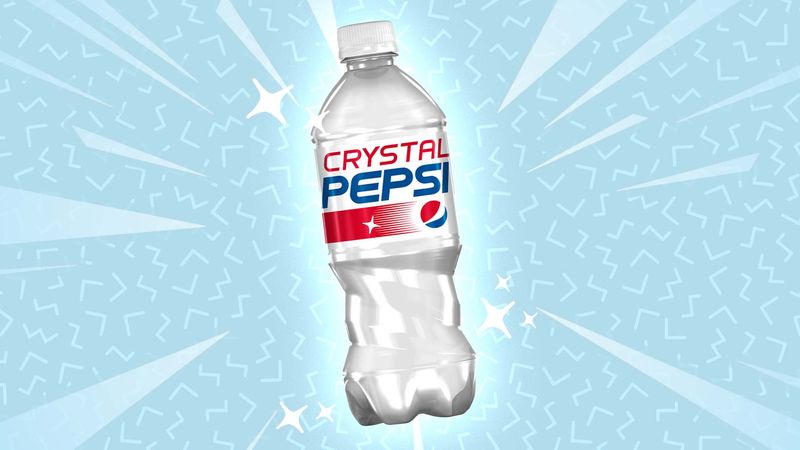
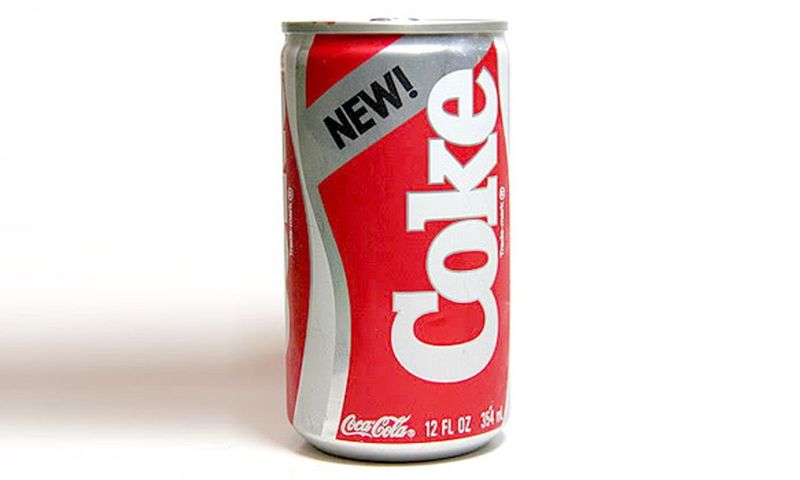
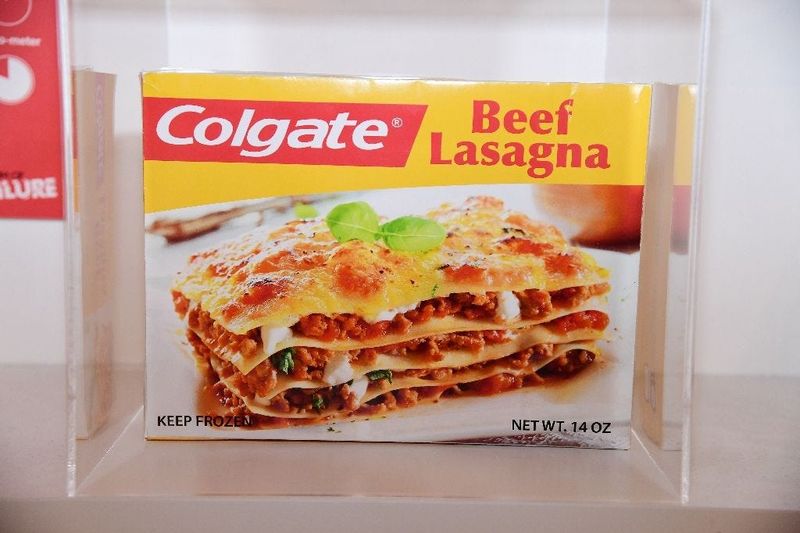
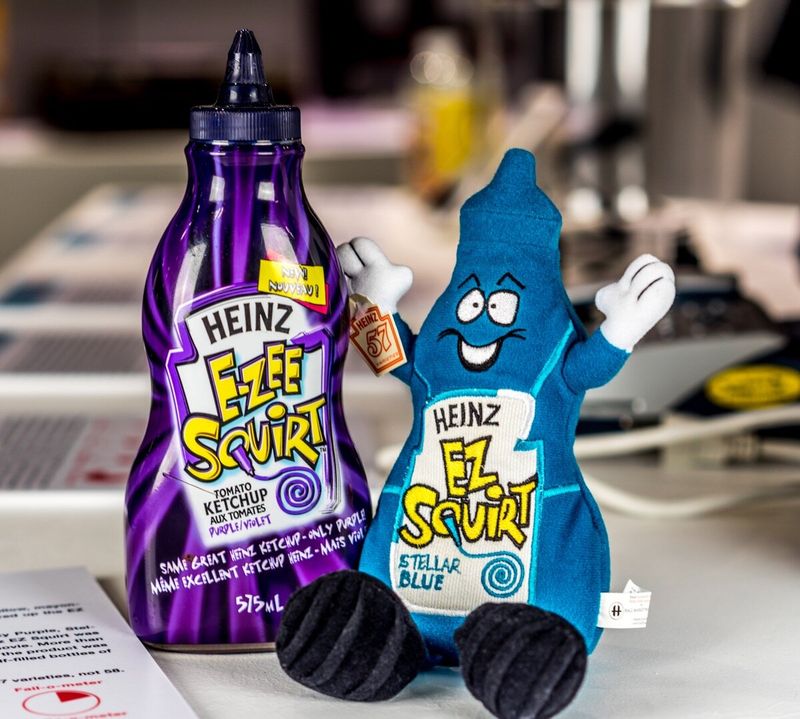
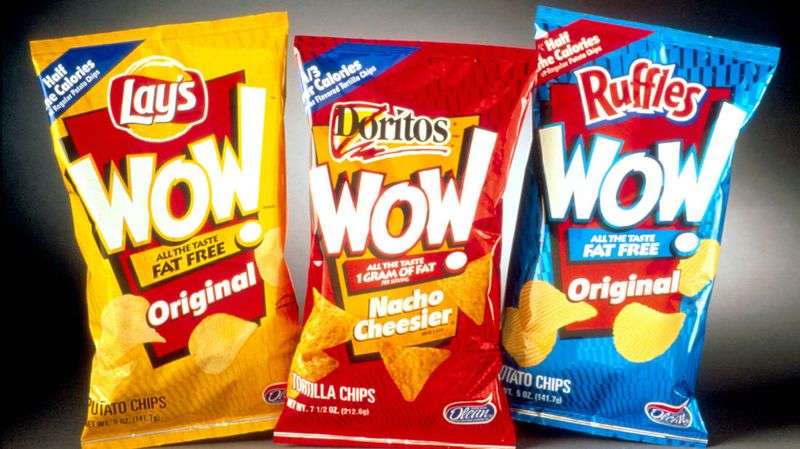
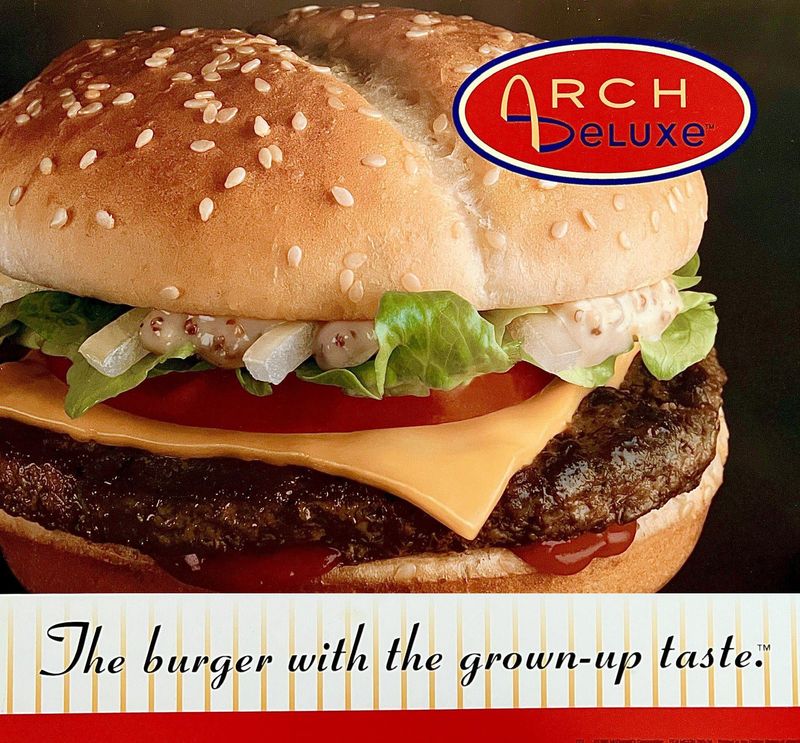
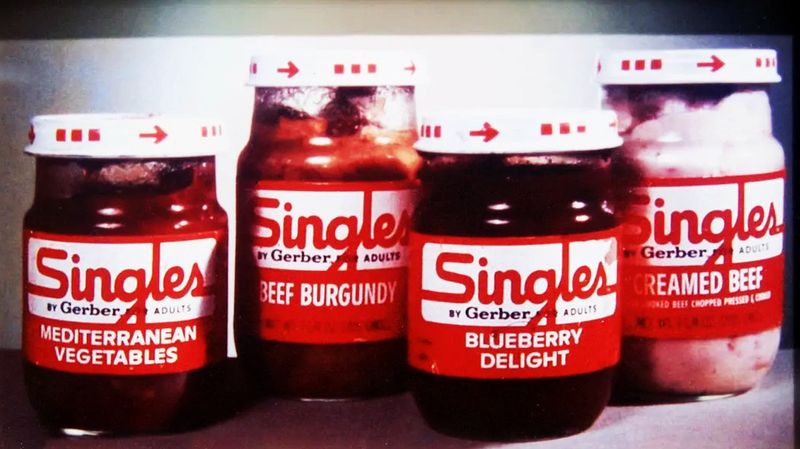
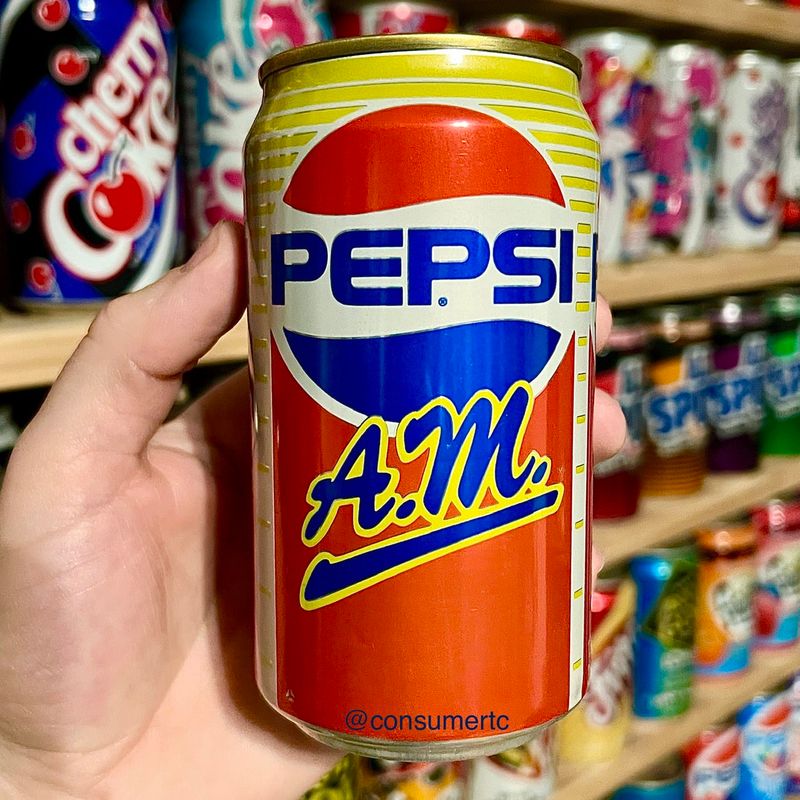
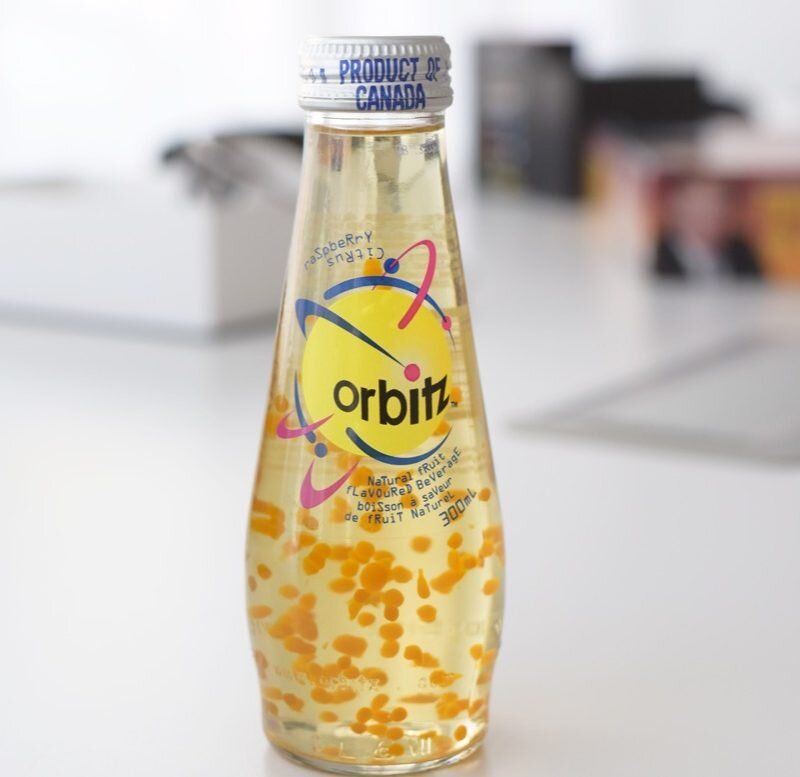
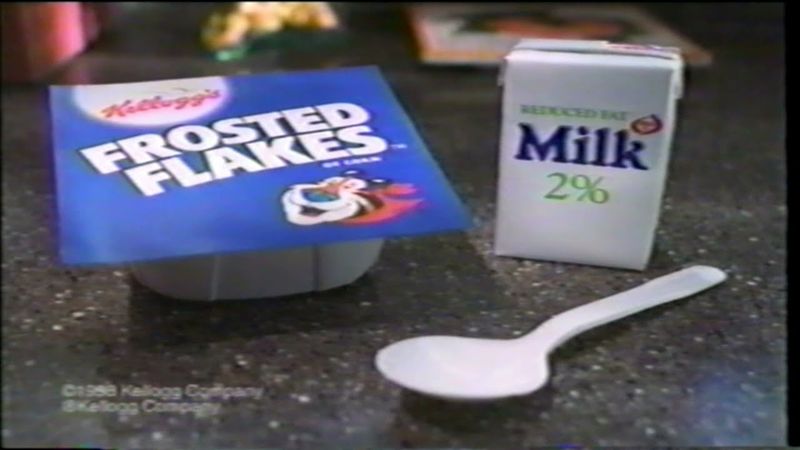
Leave a comment